|
Poster Prints - 10% off for the merry month of May! |
Posters, picture framing & canvas - discount code: Merry |
Light in photography
How does light in photography affect my photo prints?
Viewing photos on your phone, computer or tablet is completely different from viewing a print of the same image. The main reason for this is simple, light!
Phones, computers and tablets all contain their own light source from behind which transfuses your photo with light. However when printed, your photo will rely on an external light source in order for the image to be viewed. This means that paying a little extra attention to light and shadow becomes important if you wish to print your holiday snaps. Capturing happy moments with your camera or phone has become a major part of every holiday, weekend away or evening out.
Light in photography is the most important but difficult element of your casual photos. Mostly this has been brought about by the advent of camera phones and pads with cameras. Gone is the need to purchase a camera, keep it safely away in a case, check that the batteries are charged, make sure you have space on the memory card etc. etc. The new age of cameras built into mobile devices mean that wonderful pictures can be taken with the phone or pad which you probably have out anyway. They can be stored on your mobile device, uploaded to the cloud or sent direct to Instagram and Facebook. Photography made easy. However, there are still a few easy ways to ensure that your photos are at their best, regardless of whether you plan to print photos or just keep images as treasured digital memories.
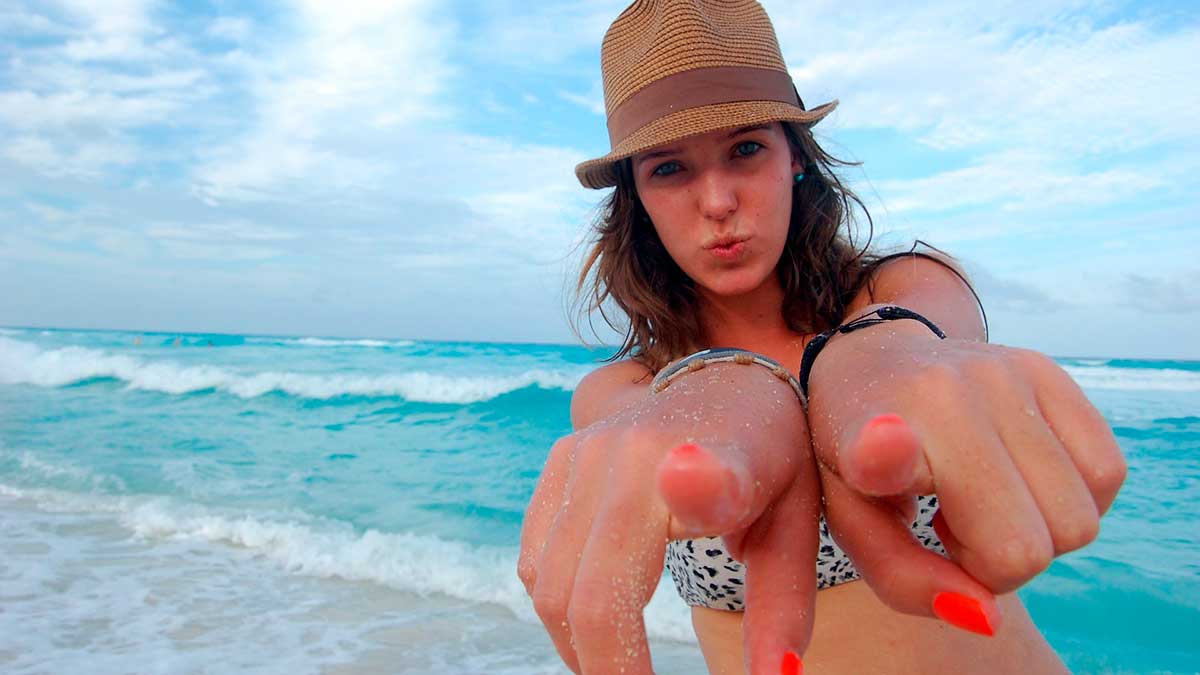
Light in photography - how to deal with light & shadow?
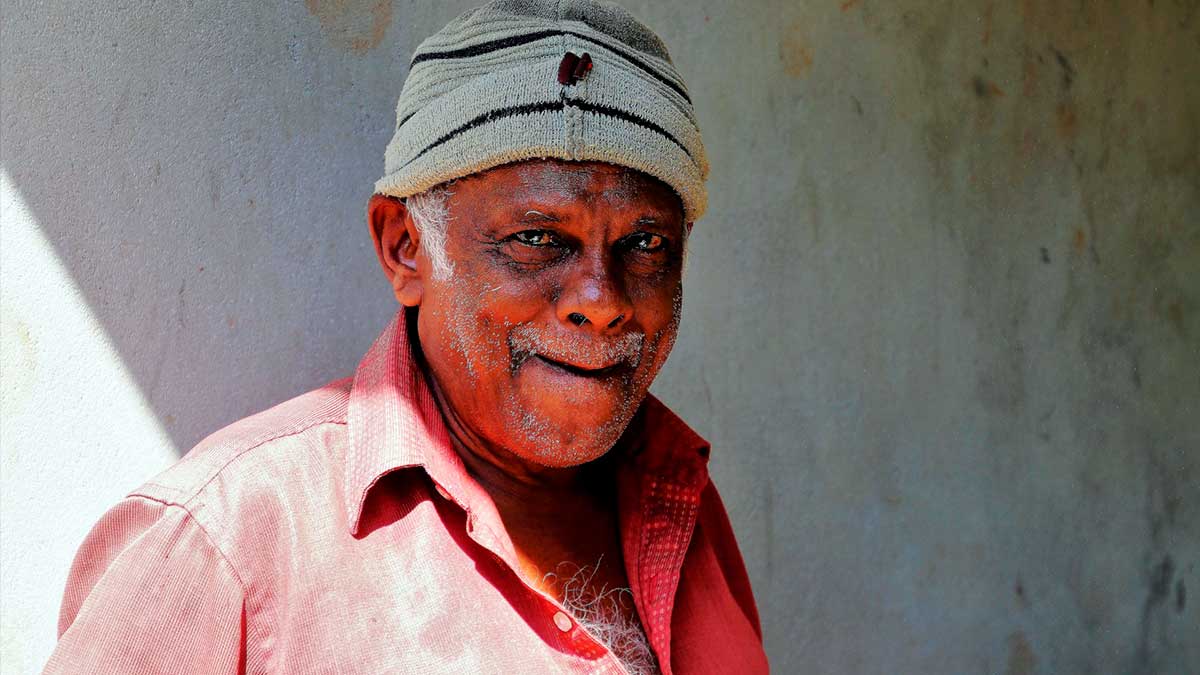
A captivating face
Sometimes as a photographer you become so fixated on the character of a face, you neglect to notice that the subject is not standing in the light. This image shows a bright sunny day against a white backdrop. Parts of the man are well lit but unfortunately his face is completely shadowed. Its normally not too much of an imposition to ask your subject to step over into the light so that the character details of his face can be seen.
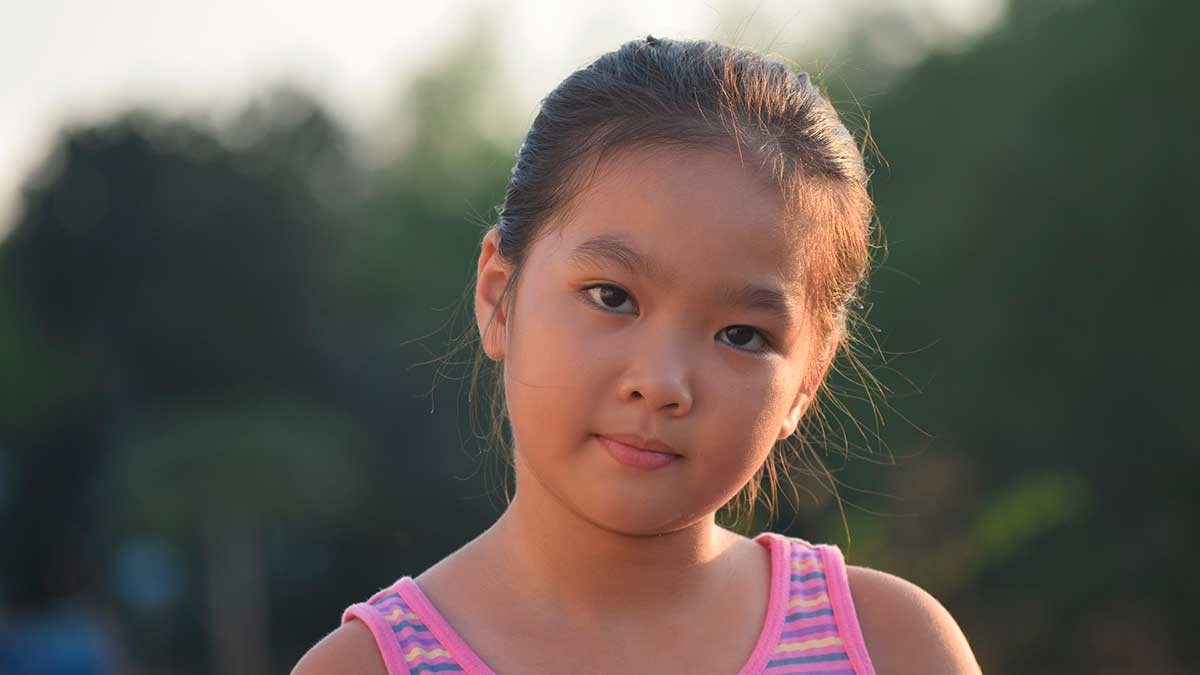
Twilight
A young girl, kindly posing for the camera. However, the photographer has failed to notice that in the twilight, all the light is coming from the side of the setting sun. Therefore when the photo is taken, the details of the young girl's face are hardly visible. Simply asking the subject to turn towards the sun would solve the problem. A portrait photographer is always best standing with back to the sun.

Wildlife photography
A squirrel posing in the shadows - well there's not a lot to be done about this capture. One of the inherent challenges of wildlife photography - asking a squirrel to move into the light will not succeed ! However, at Poster Print Co, we will always endeavour to bring out the best in your photography, even if that means adjusting an area of the image to make it lighter. Some magical moments just need to be captured and printed.
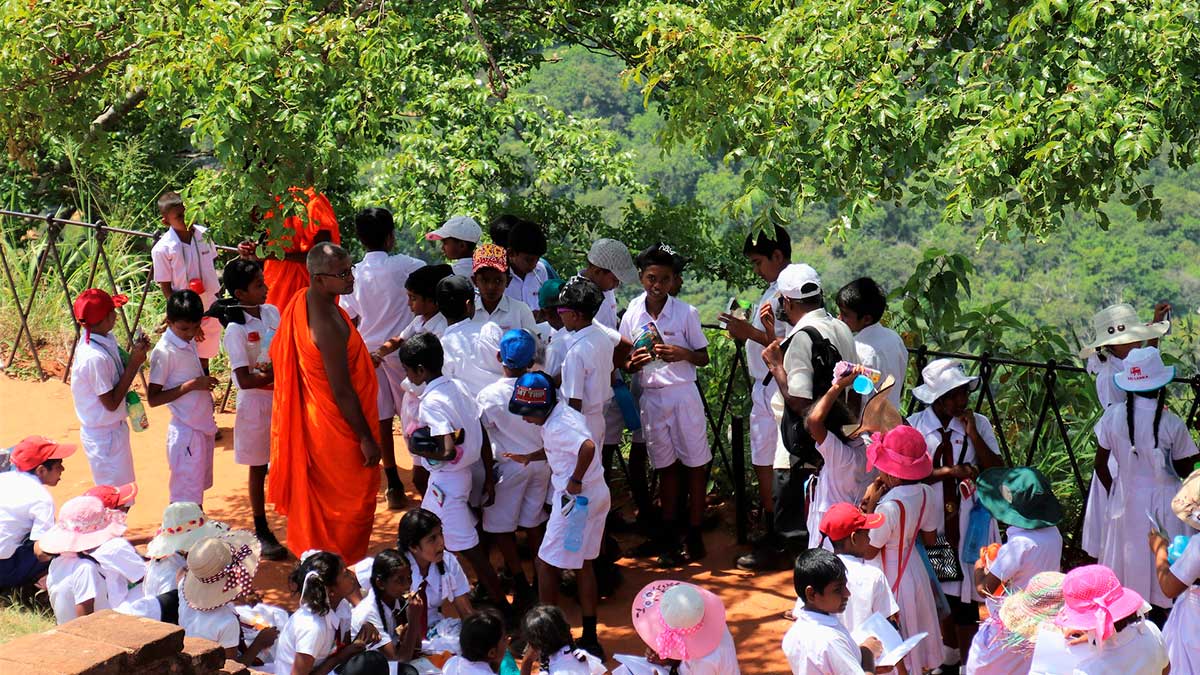
Group shots
Unfortunately, all of the boys in this shot are standing in the shade of the tree which makes it difficult to see their faces. With group travel shots such as tropical weddings the same problem can occur. It seems a lovely idea to have all the guests standing in the shade of a tree for the photo. However, it is best to take pictures with everyone standing out of the shade and the sun coming from behind the photographer, thus avoiding shadows.
Backlighting in Photography - What is the Effect?
Backlighting in photography means just what it says, the light is coming from behind your subjects and heading straight into the camera lens. Effectively this causes your family or friends to be silhouettes.
Often when looking and a view with the human eye, you look towards the sun and it appears as though everything is beautifully lit. This is especially true when asking people to stand in front of a landscape for a panoramic print, but can also occur when people are sitting on a bench or standing in a garden. To the human eye, there is a perception of light coming from all directions, making a perfect setting. As a photographer, you ask your subjects to stand in the sunlight.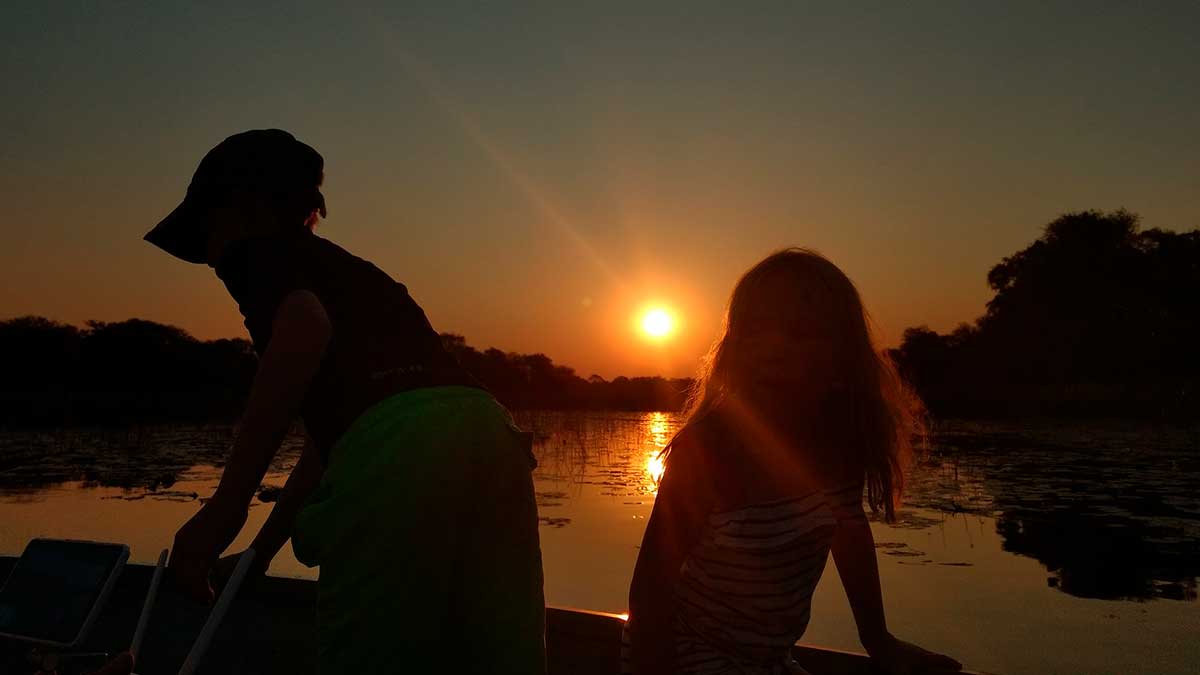
Sunset
Two children playing in the setting sun. Your eye sees faces however, the camera sees only the sunlight behind. The automated settings on the camera will adjust to the brightest area in the centre of the frame, leaving the children in darkness. Sometimes a silhouette feature is desired, at other times you wish to see faces. Often simply taking the photo from an alternative angle, or ensuring that you focus on the subjects can solve the problem.
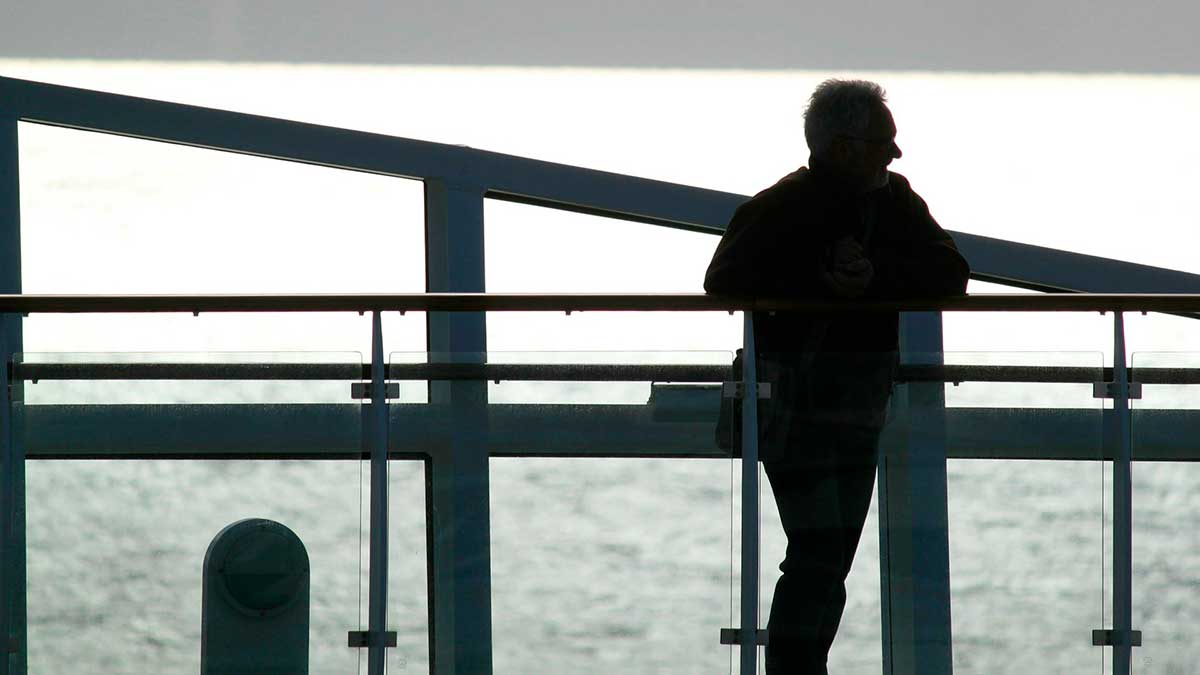
Focal point unclear
Another example of backlighting. As the photographer takes the picture, all they see is their companion leaning over the rails, face perfectly visible. However, the camera automatically adjust to the majority of the captured area, the sky and sea. This leaves the subject entirely black. The same solution applies, take the photo from an alternative angle or ensure you focus the camera on the subject so the camera adjusts the photo lightness accordingly.
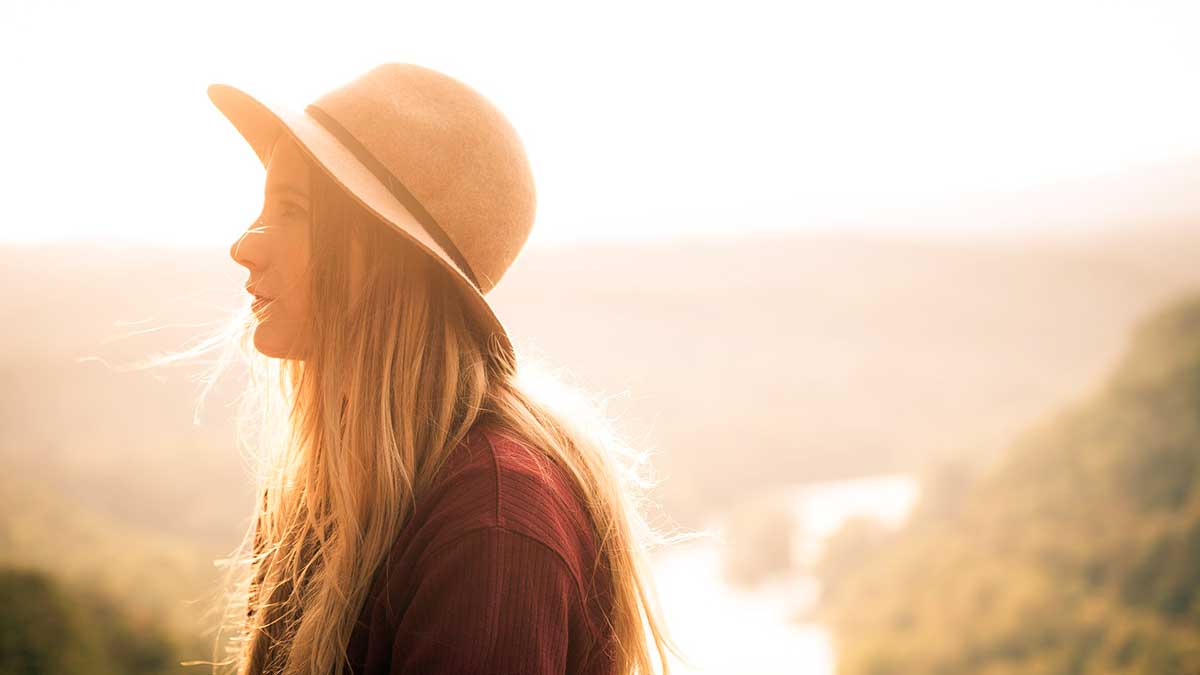
Backlit artistic effects
Backlighting in photography can be used intentionally to create a mystical effect with few visible details and softly faded colours. This could be considered a beautifully artistic shot if a gently misty image is desired, however this type of picture takes careful preparation to achieve the preferred result.
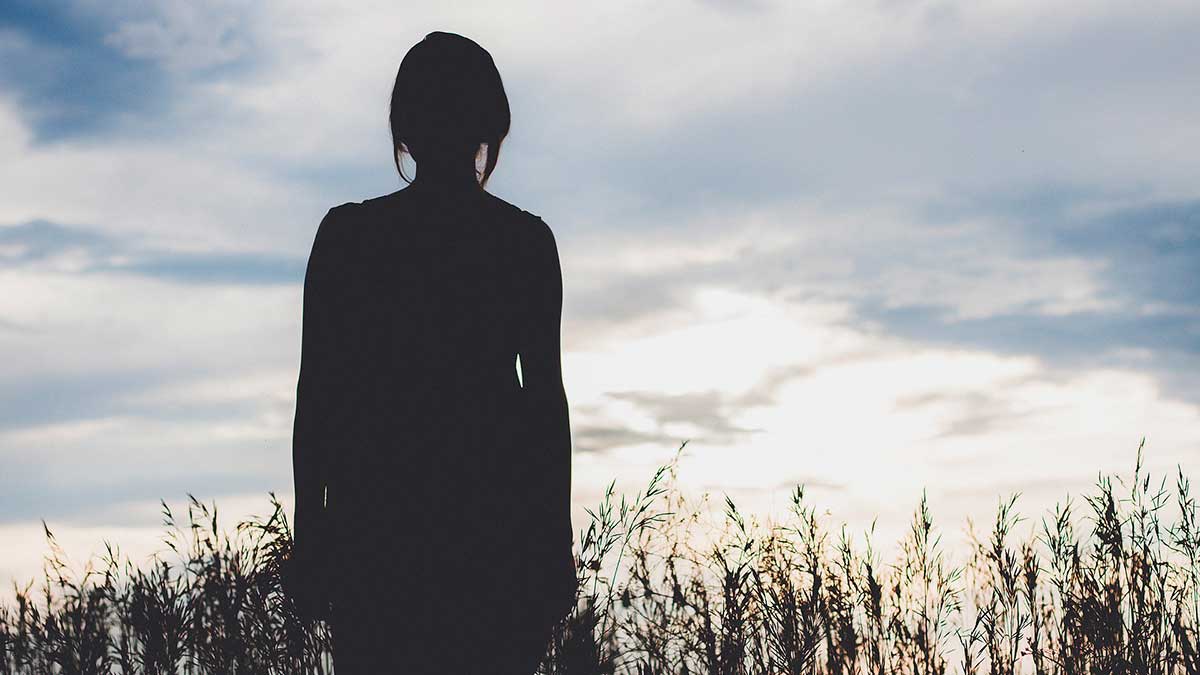
Silhouettes
A lovely evening shot in a field, however backlighting has caused the camera to leave the subject in silhouette. Sometimes using backlighting in photography with a quirky pose in the sunset yields an amazing result, however this particular picture just leaves the viewer wondering who the subject is.
Do caps and hats cast shadows in photos?
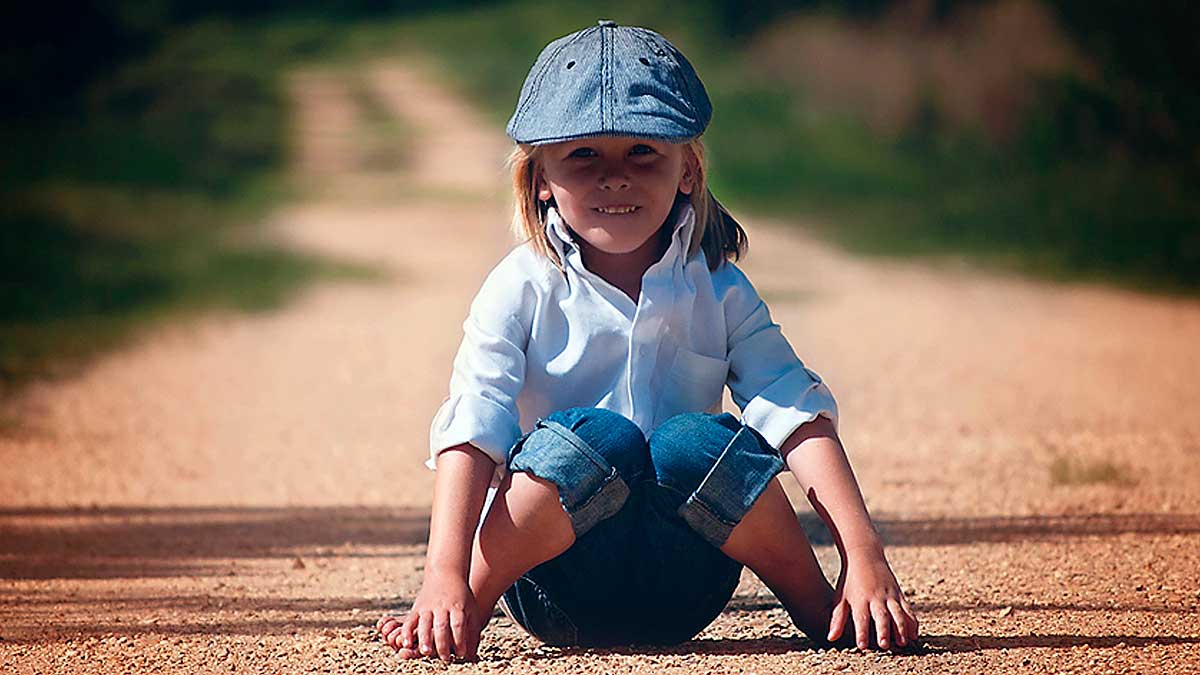
Posing with a favourite cap
A seemingly perfect, happy holiday pose. However, the face of the child is completely obscured by the shadow cast from the cap. Photos are best taken without caps if the sun is not coming from the correct direction to light the face beneath the cap. It's no fun having a photo of your children if you cannot see their face, despite how cute they may appear. Another option is to tilt the cap back slightly so that less shadow is cast.
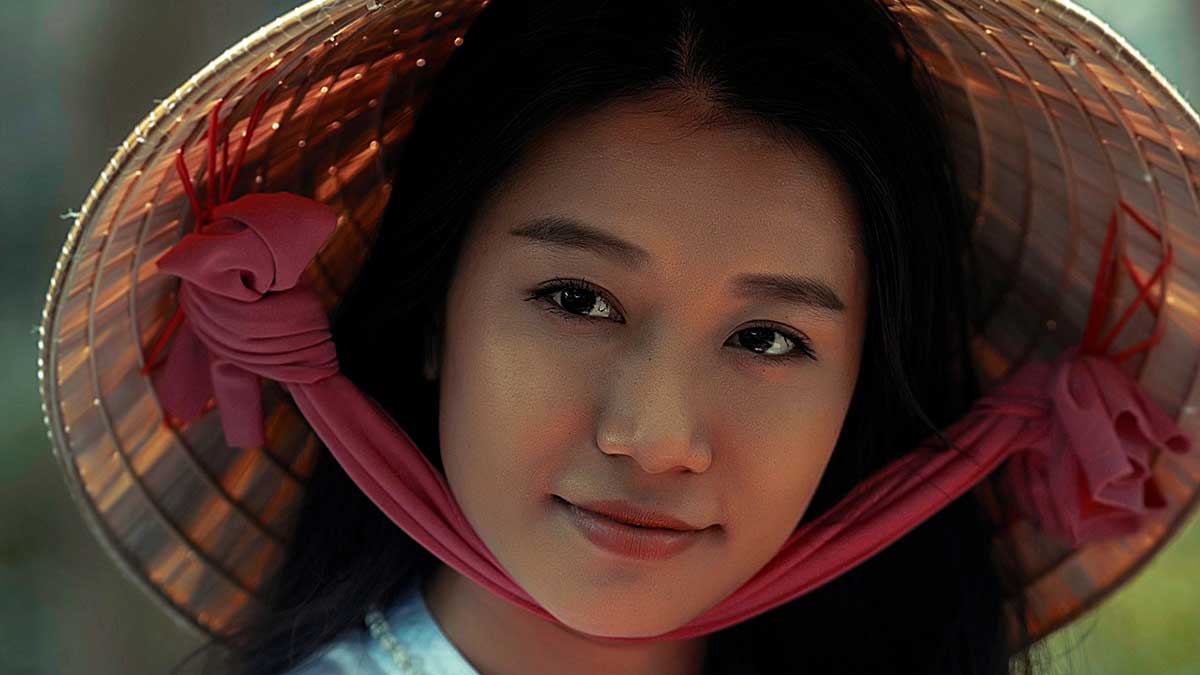
Take the time to consider the effects of light in photography
A lovely shot with a beautiful face perfectly framed in a straw hat. However, the face is left indistinguishable as the sun is coming from behind. The golden rule for any picture that you may wish to print or view is always ensure the sun is behind the photographer, even if it means asking your subject to turn around and face the sun. That way, all of your holiday photography will capture the people who shared your adventures with you.NEVER FEAR ... At Poster Print, we always do our best to ensure your photos become stunning prints.
